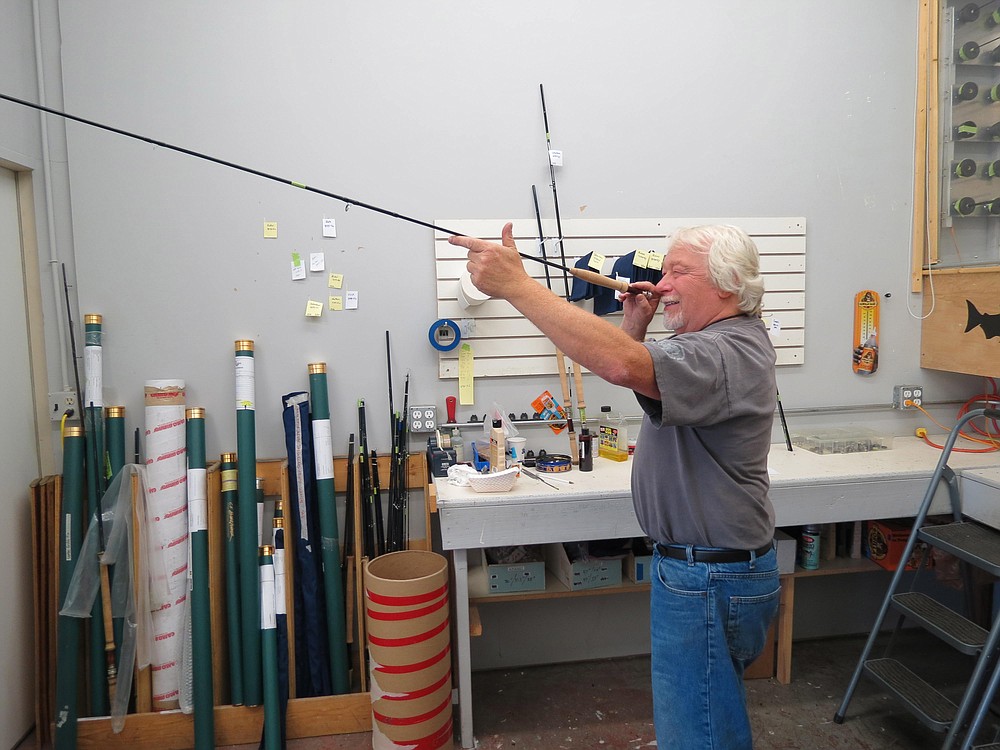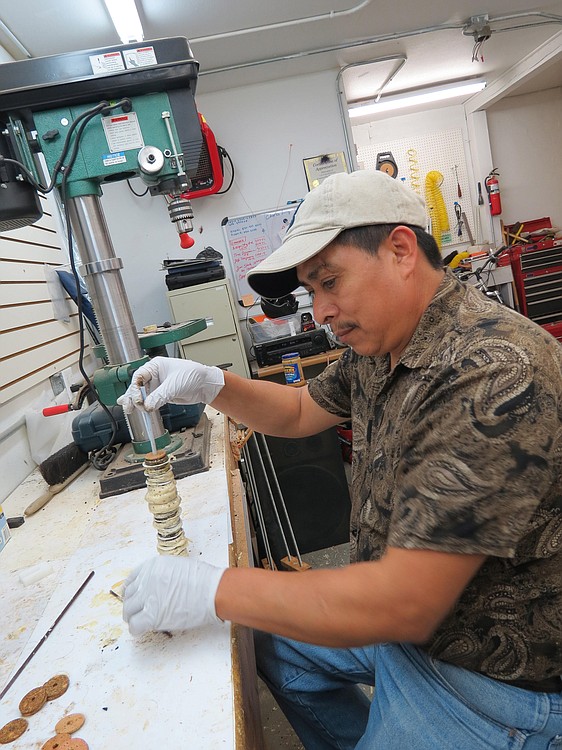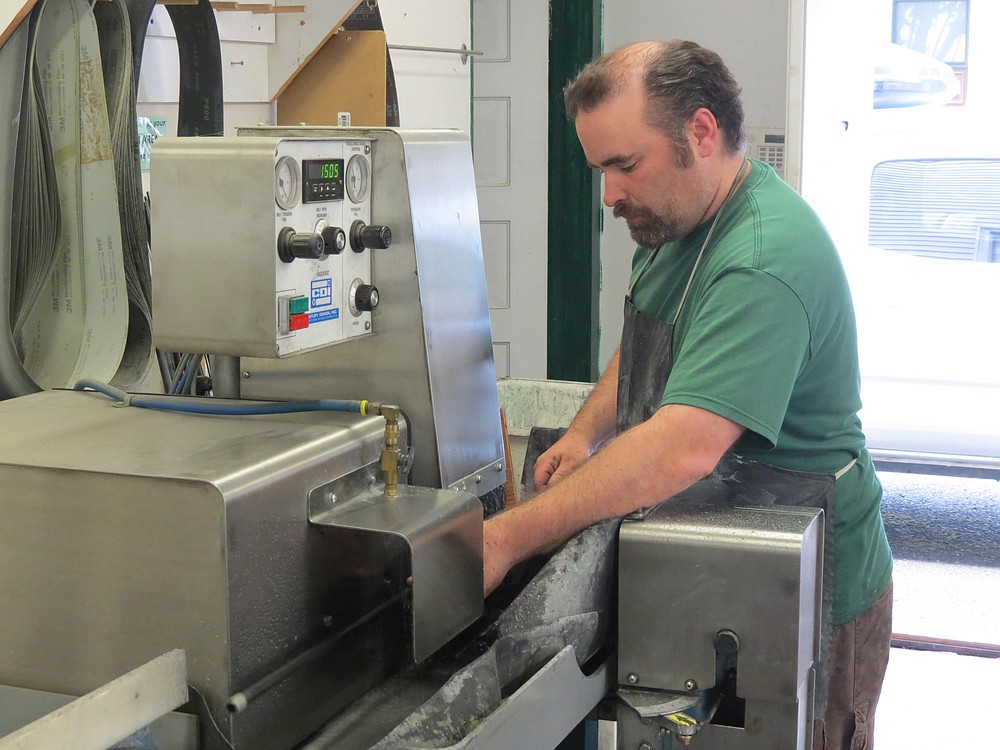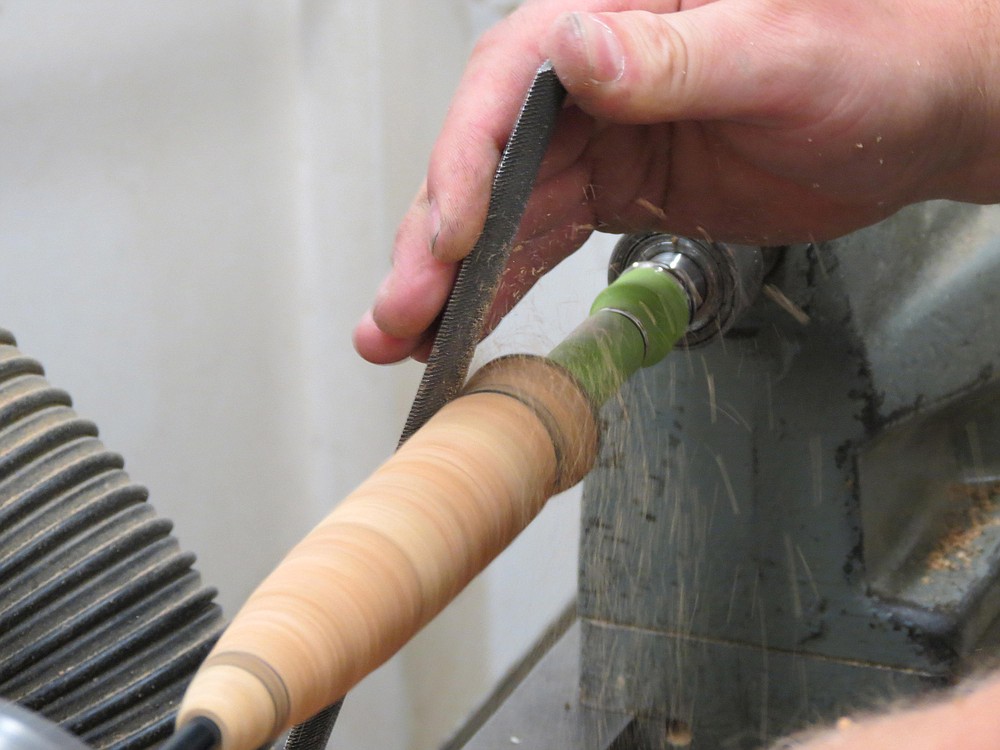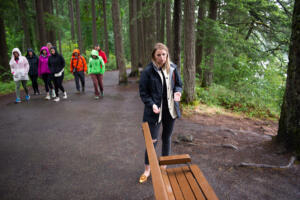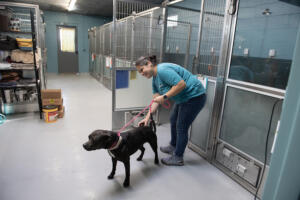No employment, married and needing money to feed his first child, Kerry Burkheimer designed his first fly rod at his home along the Washougal River.
“This all started on a dinning room table,” said the 65-year-old lifelong fishing enthusiast. “I put two kits together with the money my dad loaned me, took them to a shop in Battle Ground and they sold within one week. The guy at the shop told me to build him two more rods, and so I did.”


